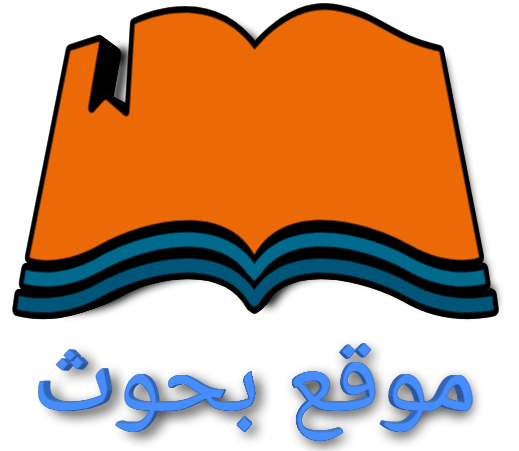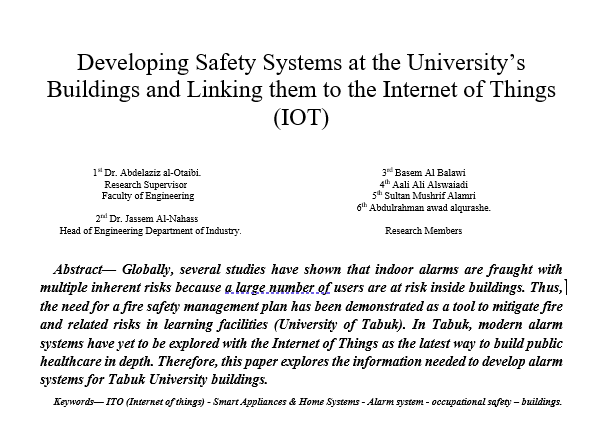
تقدير الحقن الصناعي ونتائج النمذجة الرياضية الخزان الجوفي الساحلي في شمال وادي غزة pdf
ملخص الدراسة:
Gaza coastal aquifer faces huge crises of the water resources scarcity and contamination by seawater intrusion. Accordingly, real concerns for planning, development, and management of available resources became so required to alleviate of such crises. This could be by searching for new additional cost effective resources. The artificial recharge using both the stormwater and the reclaimed wastewater, for instance, is one of these new alternative resources. The main aim of the study is primarily to study the possible optimum management scenarios for study area aquifer by adopting the artificial groundwater recharge options. The first part of the research illustrates the artificial recharge background, needs, history, and sources in Gaza strip; the numerical methods for groundwater management; and Optimization-Based Groundwater Management Models. Thus possibly put our hands on the major and minor factors that are necessary to achieve the artificial recharge assessment and groundwater modeling. The second part of the study describes the study area topography, geology, soil stratification, hydrology, hydrogeology, and justification of selecting the study area. Therefore, a clear background could be built upon the area. Third part presents the two approaches which were used to record the groundwater responses once artificial recharge options were imposed. Three different locations for the artificial recharge facility were suggested in the study area with changing the recharged quantity with three different ones 0.5, 1.0, and 1.5 MCM/year for each location. The first approach was based on the simulation model alone and the second based on the simulation/optimization model with application to some parts in the Gaza aquifer. Through the first approach, 3D coupled groundwater flow and transport model CODESA 3D (simulation model) was generated by conceptualizing the existing aquifer through constructing the 3D mesh using a pre and post processing software Argus One based upon the finite element method. Based upon different hydrological conditions for year 2008, the simulation model were generated for 1 year transient state. The current wells production was continued with the same pattern for 10 years more. The results for both scenarios were compared. The average hydraulic head at all wells after 10 years (2018) was reduced by about 9%. Moreover, based upon the simulation results, the most feasible location was identified with the effective quantity to be recharged. However, the simulation model alone can't confirm the optimum location and the optimum quantity to be recharged; therefore, the optimization model is needed to be coupled with the simulation model. Through the second approach, the simulation model CODESA-3D was linked externally with the management (optimization) model using Genetic Algorithm (GA) technique. The optimization model aims to raise the water table by managing the groundwater pumping under various hydrological constraints. However, the study included only constraints on the volume of water extracted and the quality of water produced. Two optimization models were formulated, the first multiple- (two-) objective management model is developed for maximizing sustainable water withdrawal from the aquifer for beneficial uses and for controlling the salinity of the water withdrawn simultaneously. Moreover, no alternative options/sources have been taken into account, i.e. no artificial recharge; therefore, the model solution came up with a new optimal spatial distribution of pumping from the existing wells only. This new pumping pattern is tested by the simulation model for one year transient state. The total pumped water reduced by 1 % only and the average improvement in hydraulic head at all wells was 10%. While the second model was similar to the management objectives of the first model with adopting the artificial recharge as a new alternative source. The application of model 2 identified the first suggested location as the optimum recharging location. Moreover, the optimum allowed pumping quantities increased among the existing situation by 126%, 151%, and 176% when 0.5, 1.0, and 1.5 MCM/yr were artificially recharged respectively.
توثيق المرجعي (APA)
خصائص الدراسة
-
المؤلف
Alnahhal, Samir Yousif Solyman
-
سنة النشر
2009
-
الناشر:
the islamic university
-
المصدر:
المستودع الرقمي للجامعة الإسلامية بغزة
-
نوع المحتوى:
رسالة ماجستير
-
اللغة:
English
-
محكمة:
نعم
-
الدولة:
فلسطين
-
النص:
دراسة كاملة
-
نوع الملف:
pdf



